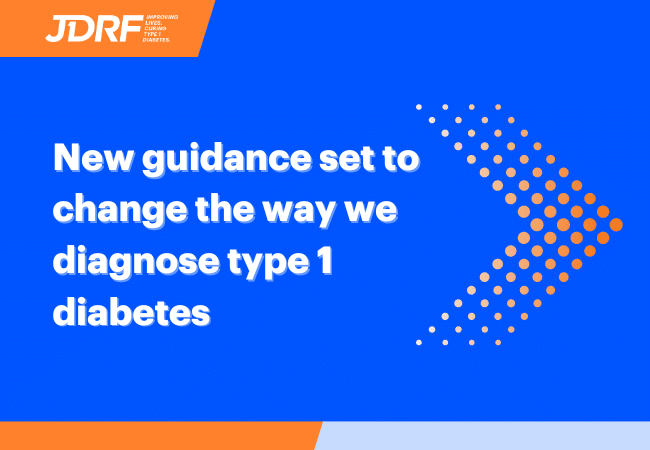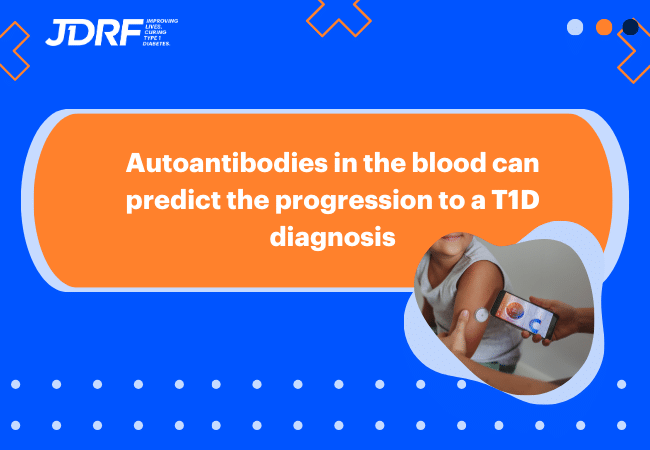New formulation of insulin may speed up its action for people with type 1 diabetes

A research group from Norway has found that adding small amounts of glucagon to insulin speeds up its action. For people with type 1 diabetes (T1D) this would mean a faster acting insulin than what is on the market, and in turn, improved quality of life.
The need for fast insulin
T1D is an autoimmune condition where the immune system mistakenly attacks the insulin-producing beta cells in the pancreas, leading to their gradual loss and inability to produce insulin. As a result, individuals diagnosed with the condition rely on injecting insulin for the rest of their lives.
Despite the advances in insulin composition and delivery mechanisms such as pumps, the speed of insulin action still does not match that of insulin naturally produced in the body when T1D is not present. This means that people with T1D need to inject insulin well in advance of eating or undertaking any other activity which may raise blood sugar levels. Living with T1D therefore requires significant advanced planning, often leading to decision fatigue.
This is why there is much research underway internationally focusing on new forms of insulin which will act faster in the body and improve the quality of life for those living with T1D.
What did the research show?
In early studies, researchers from NTNU (Norwegian University of Science and Technology) have found that adding a very small amount of glucagon to insulin can speed up its action. The researchers have called this product MicroGlucagon.
The researchers, led by Professor Emeritus Sven Magnus Carlsen, showed in animal models that adding MicroGlucagon to insulin made the insulin act 10 minutes faster than the fastest insulin currently available. This is significant as most people must take fast-acting insulin 15-20 min before eating. The addition of MicroGlucagon also increased the absorption of the insulin by up to 30 per cent.
Glucagon is a hormone which normally acts to convert sugar stores in the liver (glycogen) to glucose. But in this case, its role in speeding up insulin action is through its effect on small blood vessels. It acts to dilate or expand blood vessels, allowing faster movement of injected insulin out of these vessels and into the surrounding tissue of the body. The levels of glucagon used in the MicroGlucagon are so low that they don’t affect the release of glucose from the liver and therefore do not increase blood sugar levels.
“We see that MicroGlucagon can work both better and faster than the best and most effective rapid-acting insulin preparations for use with meals that are currently available on the market,” says Professor Emeritus Sven Magnus Carlsen, leader of the Norwegian research team.
Where next?
While this is early-stage research, the research team see the potential of using MicroGlucagon in automated insulin-delivery systems to improve the quality of life of those with T1D. The research team has filed a patent application for MicroGlucagon and hopes to use it this year in early-stage clinical trials for T1D.
How JDRF supports similar work
JDRF is committed to improving the lives of those with T1D while we search for a cure for the condition. That’s why we fund research around the world that improves the action of insulin and its delivery methods. For example, JDRF around the world has invested heavily in research on automated systems that mimic the natural workings of the pancreas (artificial pancreas) as well as new, glucose responsive insulin formulations and delivery systems.
Learn more about this type of research here.
Our research portfolio
Groundbreaking projects like these are only possible with support from our community. The future of 130,000 Australians living with T1D and the 8 more diagnosed each day depends on it.
To get involved, donate here.
Explore all research projects that JDRF Australia funds.




